I'm trying to develop a system, which recognizes various objects present in an image based on their primitive features like texture, shape & color.
The first stage of this process is to extract out individual objects from an image and later on doing image processing on each one by one.
However, segmentation algorithm I've studied so far are not even near perfect or so called Ideal Image segmentation algorithm.
Segmentation accuracy will decide how much better the system responds to given query.
Segmentation should be fast as well as accurate.
Can any one suggest me any segmentation algorithm developed or implemented so far, which won't be too complicated to implement but will be fair enough to complete my project..
Any Help is appreicated..
